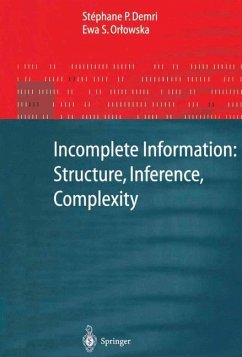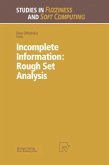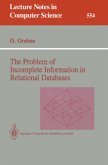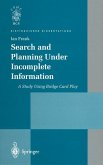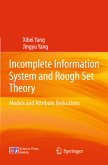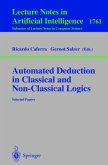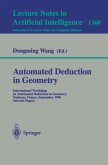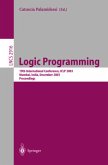The construction of any broadly understood theory of information or infor mation processing system involves two major methodological processes: (1) abstraction and analysis, (2) reasoning and computing. This monograph is a realisation of these two processes in relation to the study of incompleteness of information. The paradigm we are working with is inspired by a rough-set approach to data analysis: the formalisms we develop enable the use of a non invasive data representation. This means that the only information which is and must be used in the process of analysis is the actual information that is to be analysed; we do not require any additional sources of information. An abstraction is formed in the process of conception, design, and develop ment of structures. Then analysis leads to a selection of a class of structures. In this book we delineate a class of informational structures that enable us to represent both numerical and non-numerical information and we analyse var ious manifestations of its incompleteness. We discuss several general types of incompleteness of information which are grounded in a rough-set-style view of imprecision and uncertainty. Manifestations of these types of incompleteness in information systems are investigated.
From the reviews of the first edition: "This monograph presents a systematic, exhaustive and up to date overview of formal methods and theories related to data analysis and inference using the concept of rough sets. ... In a nutshell, it is an interesting book for researchers and scientists in the area of information structure." (Prabhat Kumar Mahanti, Zentralblatt MATH, Vol. 1016, 2003) "The present monograph gives a systematic presentation of the theory related to the ... relation-based knowledge representation and the underlying logics and algebras. ... The structure of this book is clear. ... The book is written to be self-contained ... . The references section of this book is excellent ... . The book can be recommended to researchers and graduate students interested in rough-set-style reasoning and knowledge representation. Also for lecturers this provides a great source ... ." (Jouni Järvinen, Studia Logica, Vol. 89 (3), 2006)

